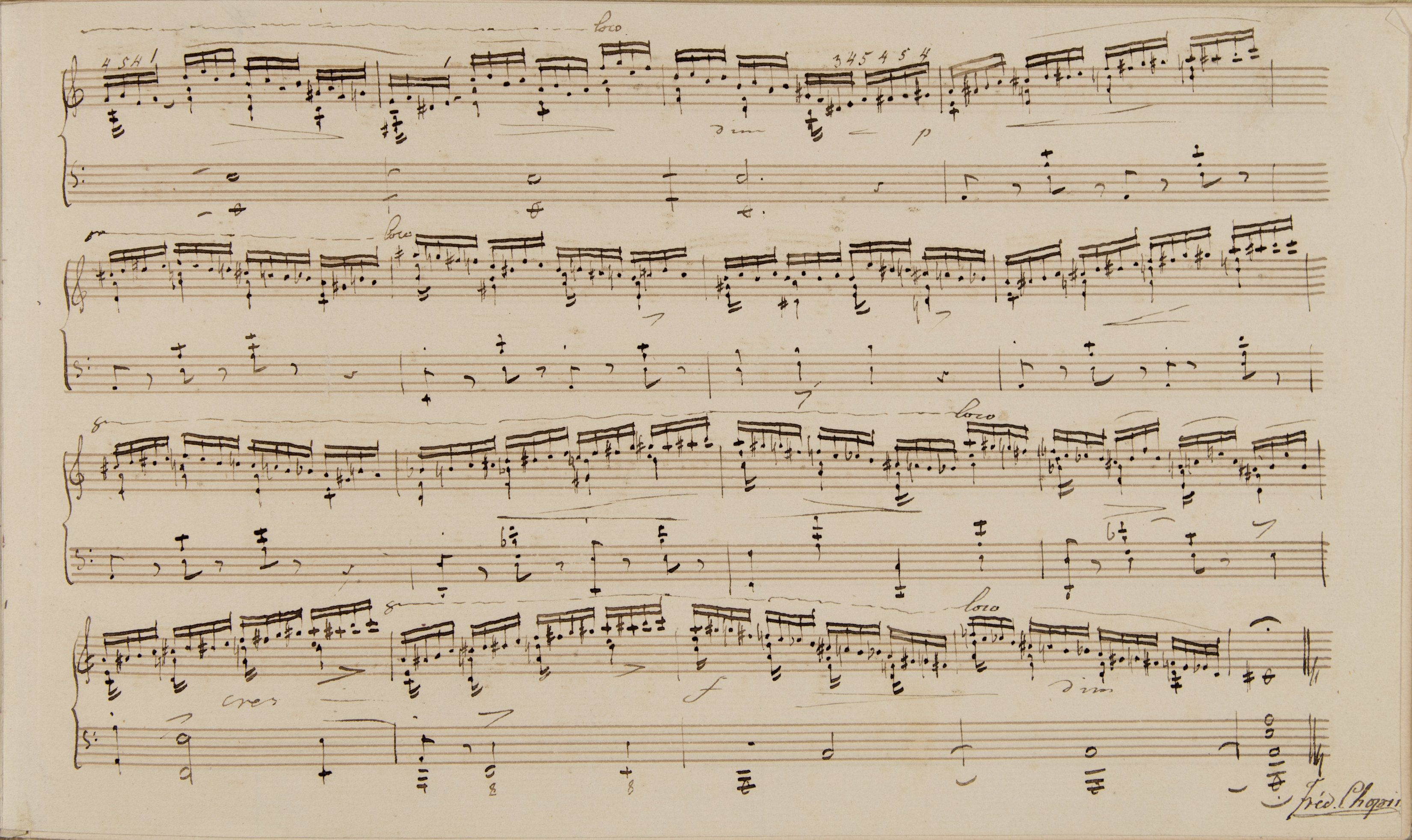



All three signs of this type in bars 38-39 look like short accents, yet only the one in the L.H. in bar 39 is clearly put under the note it concerns. The signs in the R.H. – here and in bar 39 – are placed after the note, which gives raise to doubts concerning their meaning. According to us, they can be interpreted as:
- short accents, taking into consideration the shape of the sign, yet not its typical position;
- long accents, treating the note they concern as an intentional beginning of a sign which combined with its written ending – under the 3rd (bar 38) or 2nd (bar 39) semiquaver of the upper voice – results in a long accent;
-
 hairpins, if we compare them with slightly longer signs in analogous bars.
hairpins, if we compare them with slightly longer signs in analogous bars.
In the main text we do not consider these ambiguous signs.
Compare the passage in the sources »
category imprint: Interpretations within context; Differences between sources
issues: Long accents
notation: Articulation, Accents, Hairpins





